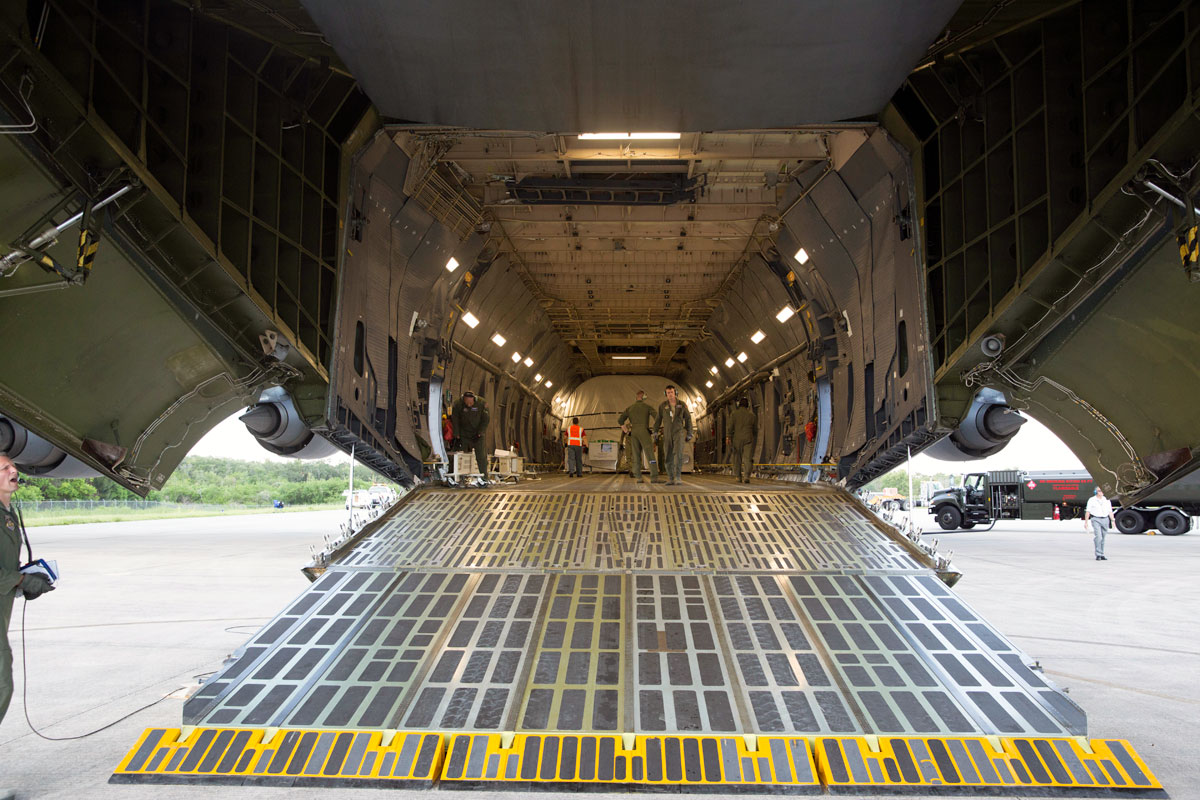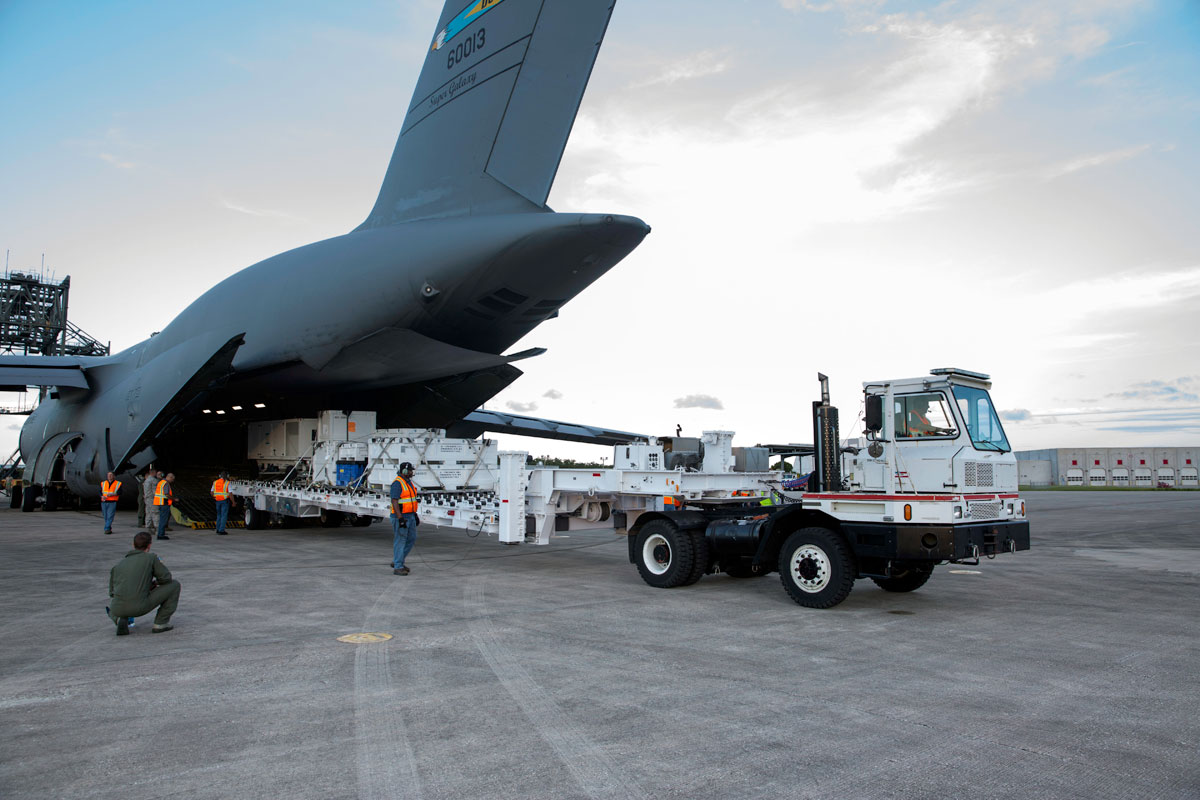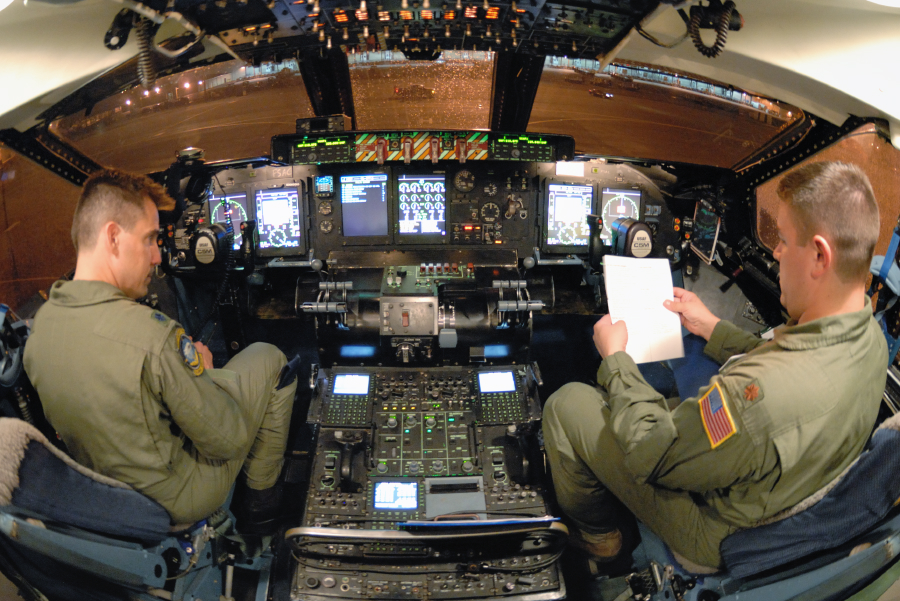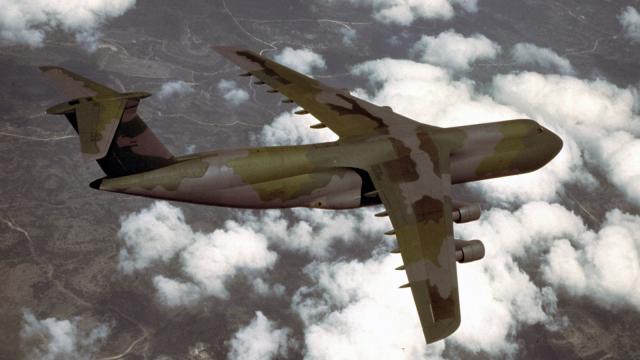Delivering America’s military might to foreign shores is no small feat, especially when that might is the size of an M-1 Abrams tank. For more than half a century, the US has relied on one of the largest military aircraft in existence to do so — a plane that ended up costing just a little more to build than we expected.
During the Cold War chess match between the West and the Soviets, both sides routinely shuffled their forces throughout Europe and South Asia. However, by the early 1960s, the old Douglas C-133 Cargomasters simply weren’t cutting it anymore. So in 1961, the US military set up design requirements for a successor. By 1965, Lockheed had won the contract to develop what would become the C-5 Galaxy.

Built as a heavy intercontinental-range strategic airlift vehicle, the C-5 can carry up to 270,000 pounds of cargo, as well as 73 servicemen and the plane’s seven-person crew. If it can be air-certified, the C-5 can carry it. It’s powered by four wing-mounted turbofans and is equipped with 12 internal wing tanks. The C-5 can also be refuelled in-flight which, given its nickname of FRED (fucking ridiculous economic/environmental disaster, due to its massive fuel consumption) happened quite frequently.
It isn’t just expensive to operate. Developing the C-5 nearly bankrupted Lockheed. Due to the plane’s massive size and complicated development cycle, the Galaxy program haemorrhaged money continually, which is why it has the dubious distinction of being the first military plane program incur a $US1 billion cost overrun — and that’s in 1967 dollars.
Adjusted for inflation the C-5 would have cost an extra $US6.98 billion in 2013 money.

Since the first C-5A came online in 1969, the Galaxy has served in every major combat operation from Vietnam on, as well as in humanitarian aid and disaster relief missions. It has even toted a Space Shuttle for NASA. But continued technical issues with the planes — like the rather large cracks that developed in their wings — severely limited their use into the 1980s. It wasn’t until President Reagan allotted funding to the Galaxy program in order to keep up with growing Soviet airlift capabilities that the fleet received new and stronger wings under the $US1.5 billion H-Mod program. Further upgrades came in 1998 with the start of the Avionics Modernization Program (AMP) and the creation of the latest Galaxy iteration, the C-5M.

The new C-5M is outfitted with new engines and modernised avionics. As the Lockheed website explains:
AMP adds a new, modern cockpit with a digital, all-weather flight control system and autopilot; a new communications suite; flat-panel displays; and enhanced navigation and safety equipment. Enhancements such as the integrated datalink capabilities, predictive flight performance cues and situational awareness displays (the Enhanced Ground Proximity Warning System) greatly ease crew workload and enhance situational awareness. AMP is the digital backbone to support RERP.
Now, with more powerful GE CF6-80C2 commercial engines (military designation F138-GE-100) engines and 70 major enhancements, the C-5M Super Galaxy can deliver the globe in one flight, unrefueled. The C-5M is an airlift revolution. With more capability, reliability and affordability than its predecessors, the world record-setting C-5M is rewriting the strategic airlift playbook. The new engine produces more than 50,000 pounds of thrust — a 22 per cent increase over current TF39 engines — and is Stage IV noise compliant. The C-5M also has a 58 per cent greater climb rate to an initial cruise altitude that is 38 per cent higher than the current C-5. This capability delivers fuel savings greater than 20 per cent compared to other airlifters.
All in all, Lockheed will convert 52 C-5 planes into the new M models, and they’ve already completed five. The upgrades should be complete by 2016 — and they’re expected to keep these behemoths in the air well beyond 2040. [Lockheed – Wiki – Code One – Images: USAF, Jeff Rhodes, Thomas W. Farrar, Jr.]
